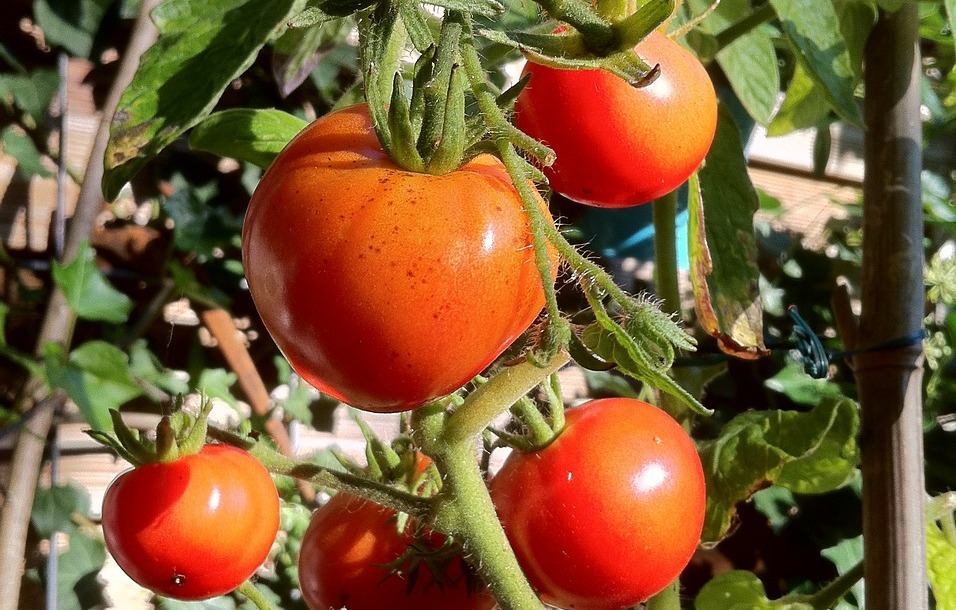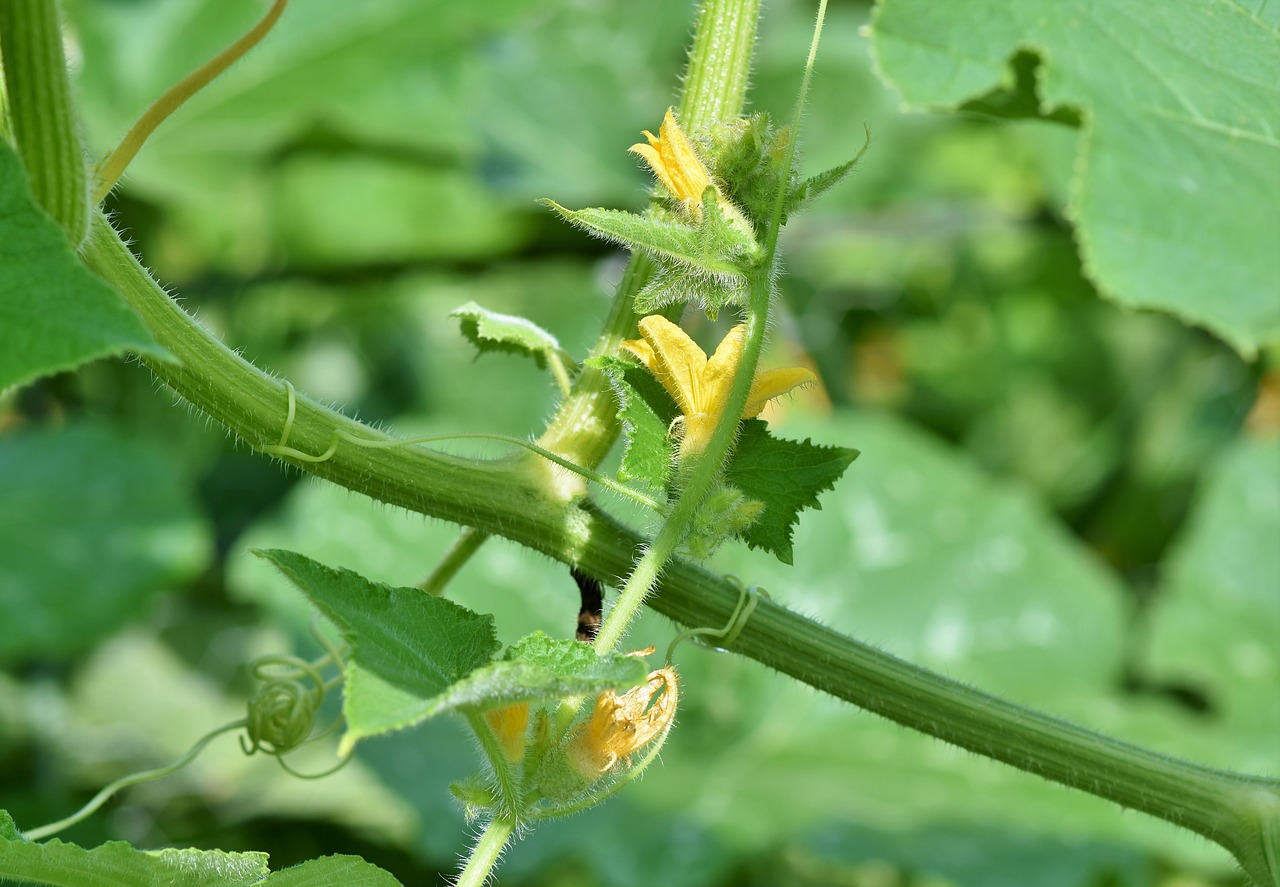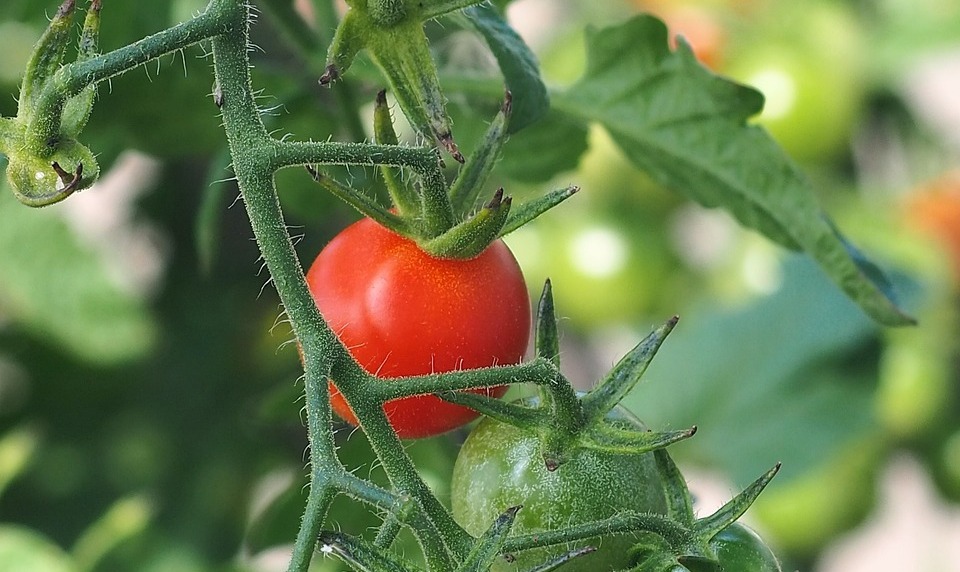Solving Tomato Plant Problems: A Troubleshooting Guide
Do you find yourself struggling to maintain the health and productivity of your beloved tomato plants? Do you notice issues such as curling leaves, yellowing foliage, and the presence of diseases? Fear not, for we have compiled a comprehensive troubleshooting guide to help you identify and address these common tomato plant problems. With our expert advice, you can ensure your tomato plants thrive and produce a bountiful harvest.
FAQ on Solving Tomato Plant Problems: A Troubleshooting Guide
What causes leaf curl in tomato plants?
Various factors, including environmental stress, viral infections, herbicide damage, and physiological disorders, can cause leaf curl in tomato plants. Identifying the specific cause is essential for implementing appropriate solutions.
Why are my tomato plant leaves turning yellow?
Tomato plant leaves may turn yellow due to nutrient deficiencies, overwatering, underwatering, pest infestations, or diseases such as early blight or fusarium wilt. Proper diagnosis is crucial for addressing the underlying issue.
How do I identify and treat common tomato plant diseases?
Common tomato plant diseases include early blight, late blight, fusarium wilt, bacterial spot, and powdery mildew. Proper sanitation, crop rotation, and disease-resistant varieties can help prevent and manage these diseases.
What are some preventive measures for maintaining healthy tomato plants?

Maintaining healthy tomato plants, providing adequate sunlight, water, and nutrients, practicing good sanitation, and regularly monitoring for signs of pests and diseases are preventive measures that can minimize the risk of problems.
How can I protect my tomato plants from pests?
Aphids, whiteflies, tomato hornworms, and spider mites are common pests that affect tomato plants. Using insecticidal soaps, neem oil, or beneficial insects and practicing crop rotation can help control pest populations effectively.
Identifying and Solving Tomato Plant Problems
They are susceptible to various issues affecting tomato plant growth and productivity. Understanding the underlying causes of these problems is the first step toward finding practical solutions. Let's explore some common tomato plant issues and how to address them:
Leaf Curl in Tomato Plants
Leaf curl is a common issue in tomato plants due to various environmental and biological factors. Environmental stressors like high temperatures, inadequate watering, and herbicide exposure can cause leaf curl. In addition, viral infections like tomato mosaic virus or physiological disorders like physiological leaf roll can also lead to this problem.
To prevent leaf curl, it is essential to take certain precautions. Providing consistent watering is crucial for maintaining proper hydration levels in the plant. Exposure to herbicides should also be avoided as it can harm the plant and lead to leaf curl. Additionally, selecting disease-resistant tomato varieties can help prevent viral infections.
Taking care of the plant can also help prevent leaf curl. Proper pruning, regular fertilization, and a healthy growing environment can all contribute to the plant's well-being and avoid leaf curl. In case of an outbreak, it is recommended that the affected leaves be removed and disposed of properly to prevent further spread of the virus.
Yellowing Leaves

If you notice yellowing leaves on your tomato plants, it may indicate various issues, including nutrient deficiencies, overwatering, or diseases such as early blight or fusarium wilt. To determine the exact cause, you can conduct a soil test to assess the nutrient levels in the soil. Based on the results, you may need to adjust your fertilization practices to ensure your plants receive the necessary nutrients.
Moreover, overwatering can lead to root rot and other fungal diseases that can cause yellowing leaves. Therefore, monitoring the soil's moisture levels and avoiding overwatering is crucial.
In addition to nutrient deficiencies and overwatering, diseases such as early blight and fusarium wilt can also cause leaf yellowing. You can apply appropriate fungicides to help address these issues. However, it is essential to identify the specific disease before applying any fungicide to avoid further damage.
Furthermore, removing and destroying infected plant material can also help prevent the spread of diseases. Regular pruning and maintenance can also help keep your plants healthy and prevent the onset of diseases. By taking these measures, you can ensure that your tomato plants remain healthy and productive throughout the growing season.
Common Tomato Plant Diseases
Tomato plants are prone to various diseases, including early blight, late blight, fusarium wilt, bacterial spot, and powdery mildew. These diseases can cause significant damage to the plants and reduce yield. Therefore, taking preventive measures to minimize the risk of disease outbreaks is essential.
One effective way to prevent disease is through crop rotation. This involves growing different crops in the same area in different seasons to reduce the buildup of pathogens that can cause diseases. Proper sanitation is also important, as it helps to eliminate disease-causing organisms from the environment. This includes removing diseased plant debris, disinfecting tools, and avoiding working on wet plants.
Using disease-resistant tomato varieties is another effective way to prevent disease outbreaks. These varieties have been bred to resist common tomato diseases and are available in many seed catalogs. However, no variety is entirely immune to all diseases, and preventive measures should still be implemented.
In severe cases, fungicidal sprays may be necessary to manage infections. These sprays contain chemicals that kill or inhibit the growth of disease-causing organisms. However, following the manufacturer's instructions carefully and applying the sprays at the right time is important to avoid damaging the plant and ensure they are effective.
Preventive Measures for Healthy Tomato Plants

If you want your tomato plants to thrive and produce healthy, delicious fruits, there are a few things you need to keep in mind. First and foremost, tomato plants require a lot of sunlight to grow properly. So, plant them in an area with at least 6-8 hours of direct sunlight daily. If you're growing your tomatoes indoors, you can use grow lights to provide the required light.
In addition to sunlight, tomato plants also need regular watering. However, avoiding overhead watering is essential, as this can increase the risk of foliar diseases. Instead, water the plants at the base, aiming for the soil rather than the leaves. Be careful not to over-water the plants, leading to root rot and other issues.
Tomatoes are heavy feeders, so you'll also need to provide them with plenty of nutrients. You can do this by adding compost or well-rotted manure to the soil before planting or using a balanced fertilizer throughout the growing season. Be sure to follow the instructions on the fertilizer package to avoid over-fertilizing, which can harm the plants.
Good air circulation is another important factor in maintaining healthy tomato plants. This can help prevent fungal infections, which are common in humid climates. You can improve air circulation by spacing the plants at least 2-3 feet apart and pruning any branches or leaves touching the ground.
Finally, it's essential to watch for signs of disease or pest infestations. If you see diseased or damaged foliage, remove it promptly and dispose of it in the trash (not the compost pile). This can help prevent the spread of pathogens and keep your tomato plants healthy and productive.
Protecting Tomato Plants from Pests
Tomato plants are susceptible to pests like aphids, whiteflies, tomato hornworms, and spider mites, which can inflict significant damage and reduce yields. To control and manage pest populations effectively, it is essential to implement integrated pest management strategies. These strategies include using physical barriers like netting or fencing to keep pests out, applying insecticidal soaps or oils to kill pests, and using biological controls like ladybugs or predator mites that feed on pests. These approaches are not only effective but also minimize the environmental impact of chemical pesticides. Regular monitoring and early detection of pests can also help prevent or reduce infestation spread.
You can ensure a healthy and productive harvest by understanding the potential issues that can affect tomato plants and implementing proactive measures to prevent and manage problems. Regular monitoring, proper care, and timely intervention are key to maintaining thriving tomato plants throughout the growing season.
Fern's Leafy Learnings
Leaf curl, yellowing leaves, and diseases such as early blight and fusarium wilt are common issues that can affect tomato plants.
Proper diagnosis and timely intervention are essential for addressing tomato plant problems effectively and minimizing crop losses.
Preventive measures such as crop rotation, proper sanitation, and disease-resistant varieties can help maintain healthy tomato plants and ensure a bountiful harvest.
Integrated pest management strategies can help control pest populations while minimizing the use of chemical pesticides, promoting environmental sustainability.
Deepen Your Roots with Flora
At Flora, we not only bring you a vibrant selection of locally sourced, rare, and delightful plants, but we also serve as your continuous guide in your plant parenting voyage, ensuring every leaf in your sanctuary thrives. With our Flora Pod™ technology and a nurturing community of over 250,000 plant lovers, we cultivate a space where every plant parent - novice or expert - can blossom.
We propagate with a commitment to sustainability, connection, and ceaseless growth, fostering a community where each member, and their plants, are cherished and nurtured.
Crave a lush, thriving green space? Adopt a plant from Flora today!
Flora Pod™ is featured on Shark Tank!

Shop Plants
Top 10 Most Popular Roses
Mar 22, 2022
How to Care for China Roses
Mar 11, 2022
How to Care for Chinese Money Plants
May 15, 2020
How to Grow and Care for A Bird of Paradise
Apr 26, 2020
Top 10 Plants To Grow In A Terrarium
May 31, 2022
How to Grow and Care for Lucky Bamboo
Mar 29, 2022
How to Grow and Care for Corn Plants
Mar 29, 2022
How to Care for Madagascar Dragon Trees
Mar 21, 2022













